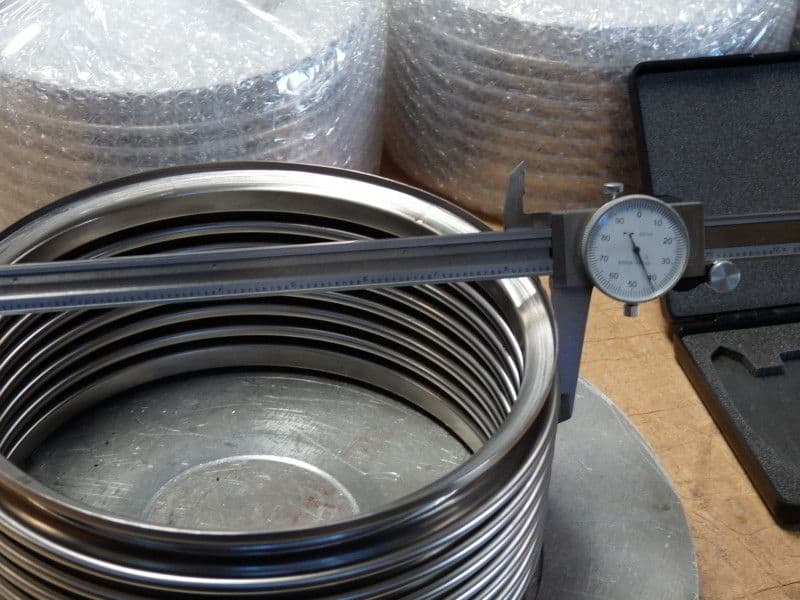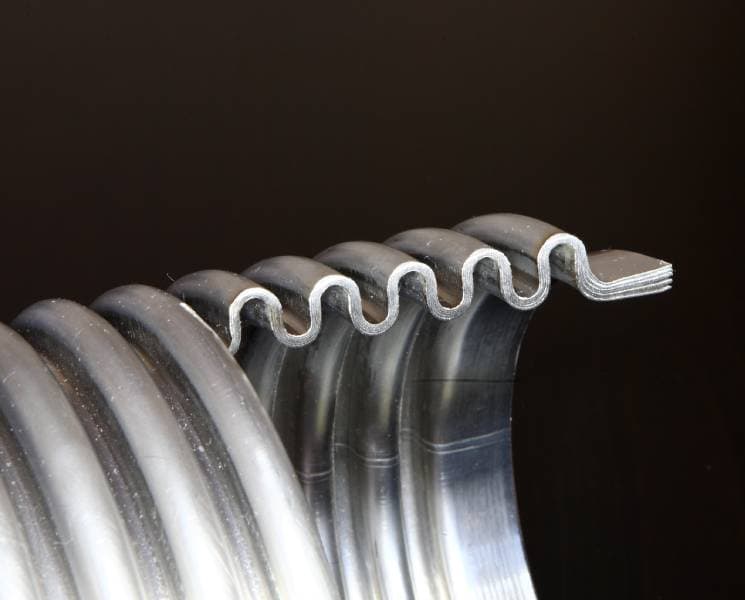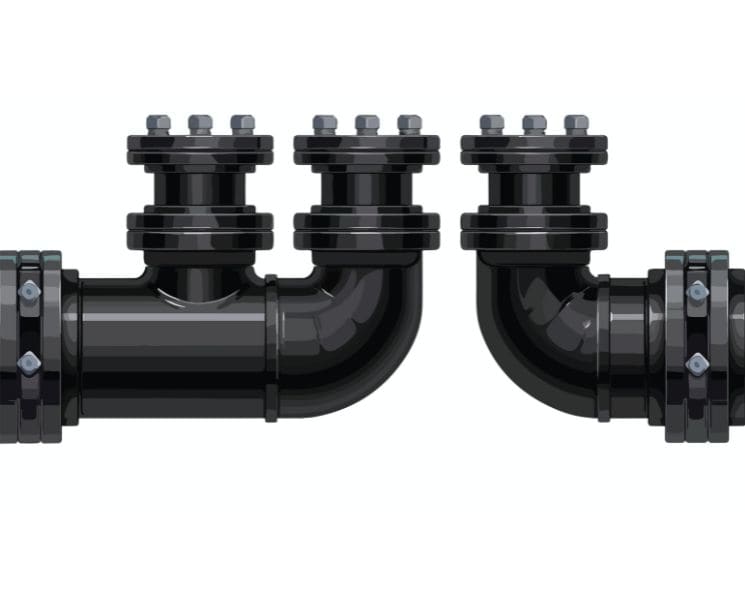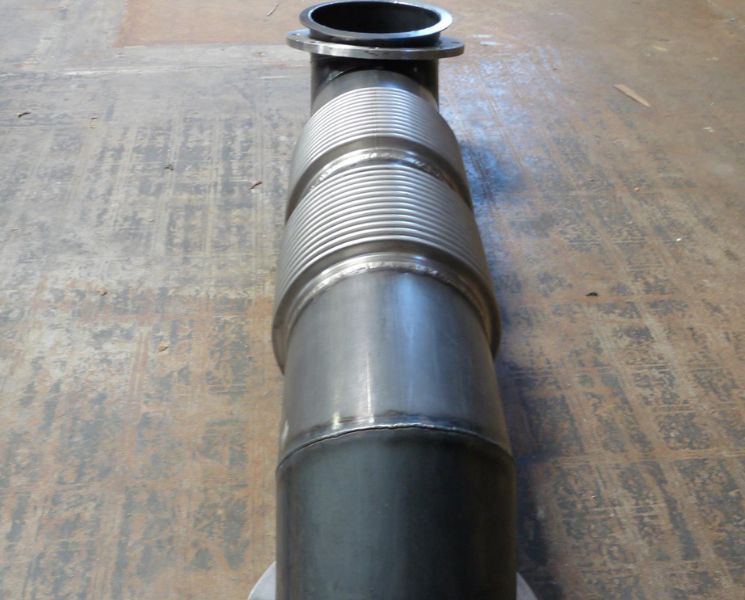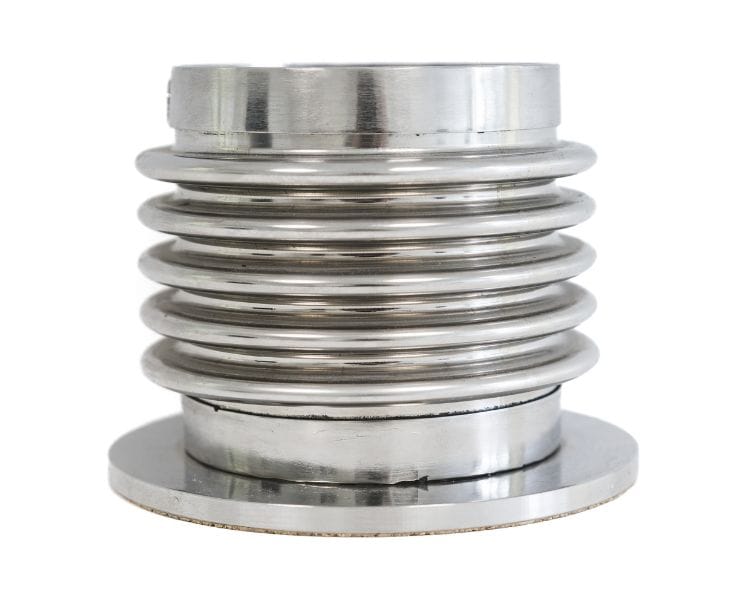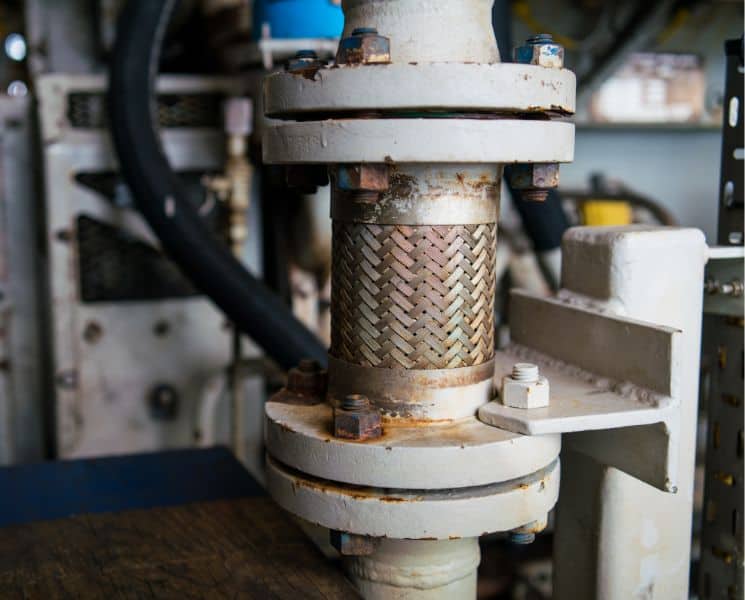Making metal bellows, especially custom metal bellows, is a complicated process. There are many steps involved in metal bellows manufacturing, and all of them need to be properly followed. Otherwise, you might end up with faulty equipment or bellows that break well before their expected lifespan. The first and most important step of making metal bellows is, of course, designing them. Here are a few elements of metal bellows design to keep in mind before you start the manufacturing or design process.
Environmental Conditions
Knowing the conditions that your metal bellows will be operating under can help you design them to withstand the toughest environments. This includes factors like temperature and corrosion. While it can be easy to overlook the location in which your bellows will be used, this can dramatically affect what your design looks like and what materials the bellows are constructed from. For example, to resist the corrosive effects of salt in marine environments, marine-grade stainless steel alloys typically contain molybdenum. This sturdy alloy extends the life of metal tools in marine environments.
Installation and Assembly
Not all designs and shapes of metal bellows will work in every setting, so when designing your bellows, be sure to pay attention to how they will fit into your completed system. Research the different shapes and installation methods for bellows before you start manufacturing. This will ensure the final product will actually fit and can be installed and secured properly.
Operational Requirements
Most importantly, when designing metal bellows, remember the specific tasks the component will need to perform. You will need to account for factors such as pressure and temperature during normal operation, as well as when something in the machinery goes wrong. Designing around these extremes will help ensure that your metal bellows won’t fail if something else in the system breaks down. The operational requirements of your bellows will affect both the design and the material make up of your components, so it’s important to have this clearly defined from the start.
For more information on how metal bellows are made and what bellows are used for, contact Triad Bellows today.

